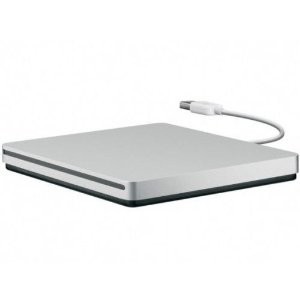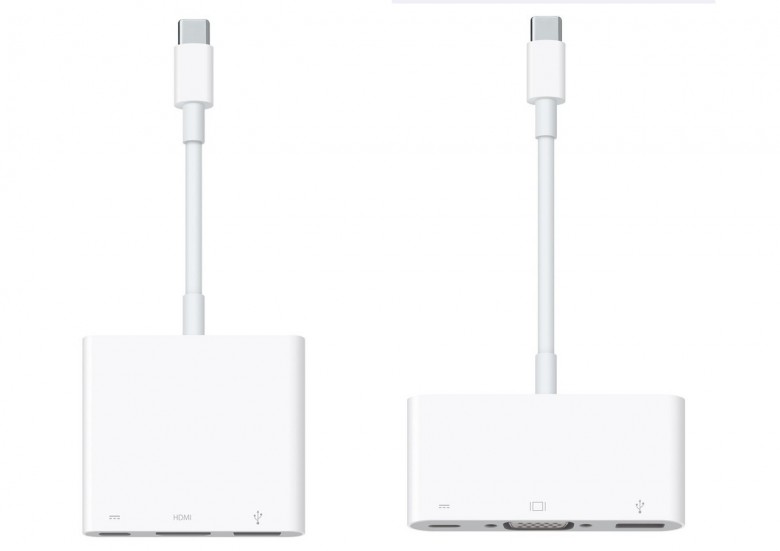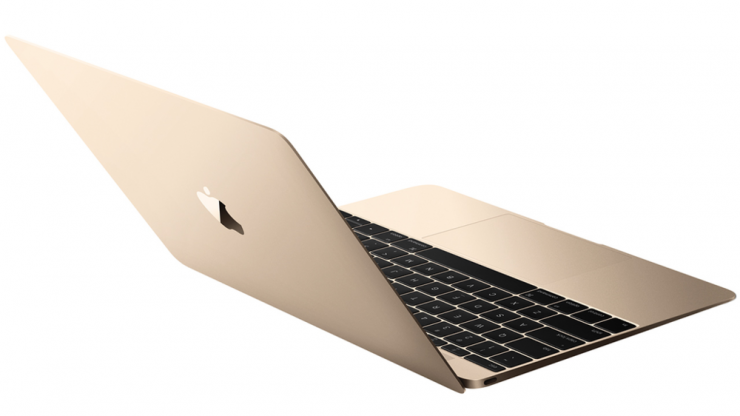Why Apple is doing away with MagSafe, Disc Drives and Peripheral Ports
![]()
When Apple launched the new 12” Retina MacBook, many people were shocked to see the computer had just one port. It was the same reaction we saw when Apple choose to eliminate disc drives on the MacBook Air, MacBook Pro and iMac. You might be thinking, “computer’s are supposed to be getting better with time, right? Why does it seem like we’re moving backwards?” The answer lies in the future of computing: mobility. Apple’s goal is to make its laptops more like iPads and iPhones.
MagSafe![]() Chargers
Chargers
Apple introduced MagSafe in 2006 as a break-away connector that wouldn’t send your laptop tumbling to the ground if someone tripped on it. It was a genius power supply solution and worked perfectly (and still does, on MacBook Air and MacBook Pro). But, the new MacBook has only one port: USB-C, which does not have a MagSafe connection.

Apple’s vision for the new MacBook is for users to have a completely wireless experience, making laptops more like cell phones. Rather than using a laptop while it’s plugged in the wall, users are expected to fully charge the computer (usually overnight) and enjoy using it during the day without the hassle of a cord. This means a MagSafe port is effectively useless, since most people charge their devices away from locations where people might walk by and trip over the cord. With a 9-hour battery life, you ideally shouldn’t have to charge your computer at all during the day.
Peripheral Ports![]()
Similarly, this notion of wireless computing has eliminated the need for ports. You might think, “that’s ridiculous! I need ports for almost everything I do!” Let’s take a look at some wireless replacements for common connections:
Flash Drives
Rather than using a flash drive (aka Zip Drive/USB Drive/ThumbDrive) to transfer files, you can use AirDrop to easily move files from one Apple device to another. If you’re transferring to a PC, try a cloud storage service like Dropbox, Google Drive or OneDrive. It lets you upload files and store them securely online, as well as download them anywhere else and even share them with whomever you’d like.
Hard Drives
With the ever-rising popularity of online cloud storage, physical hard drives are becoming a thing of the past. As previously mentioned, you can use a cloud storage solution to store all your files, for just a small fee per month (for example, Dropbox Pro gives you 1TB for $9.99).
Connecting to a TV
Instead of an HDMI connection, you can use Apple TV to wirelessly stream movies, TV shows, music, photos or whatever else is on your computer screen straight to your HDTV.
Ethernet
WiFi has become the standard for a strong internet connection and speeds are getting faster and faster. Try the Airport Extreme router for an incredible connection.
Speakers & Headphones
Wireless headphones and Bluetooth speakers are becoming more and more common. Try the PowerBeats2 Wireless Earbuds or the Beats Studio Wireless Headphones. No wires needed (although the new MacBook does include an Audio Out port). For Bluetooth speakers, try the Beats Pill 2.0 or the Braven 705. You can also use the Airport Express to wirelessly stream audio over WiFi to your home audio system.
Printers
Speaking of Airport Express, you can plug any standard printer into its included USB port to create a wireless printing system. USB cables are a thing of the past!
Backups
AirPort Time Capsule is a wireless hard drive and wireless router all-in-one that makes automatic backups of your Mac via Time Machine. There are no complicated steps or downloads and it all happens automatically.
Syncing with an iPhone/iPad
iTunes now supports wireless syncing, so you can update your device with new content over a WiFi network. iCloud syncs all your information, so no need to mess with wires just to transfer those pesky photos to your computer.
Disc Drives

Apple has completely stopped adding disc drives to their machines. CDs/DVDs are becoming more and more uncommon. Almost all software for your Mac is available on the Mac App Store or as a direct download online. This includes updates to the operating system. Music and movies can be downloaded through iTunes rather than buying a physical copy. In the rare event that a disc is necessary, Apple has even included a RemoteDisc feature that lets you "borrow" a nearby computer’s disc drive as if it were your own. You can also purchase a USB Superdrive to connect directly to your machine via USB (You may need a USB-C to USB adapter if using the new MacBook).
Adapters and Solutions

In the rare event you do need to use a hard-wired port for one of these reasons and a wireless solution isn’t an option, Apple makes many adapters that allow you to turn a USB-C port into just about anything. For professionals who need ports to avoid latency and increase speed, it is unlikely Apple will strip the MacBook Pro of its ports anytime soon.
The Vision
Imagine this: you wake up, unplug your MacBook from the charger and throw it in a daily bag. You head over to your local coffee shop, sit down and open your new MacBook to work on a document. You pull images from Dropbox, text an english-major friend to see if a sentence is grammatically correct and listen to some tunes through a pair of PowerBeats2 Wireless headphones. Once finished, you head home and print it out via a wireless printer and watch a quick episode of Friends on Netflix, streaming right to your HDTV via Apple TV. Finally, you put a stamp on the document and put it in your Smart Mailbox. Well, maybe not that last one. I guess not everything is meant to be wireless, but your computer sure is.
What do you think of the transition to a wireless world? Is this the future we’ve dreamed of, or are we just losing capabilities for the sake of convenience? Let us know in the comments below.
